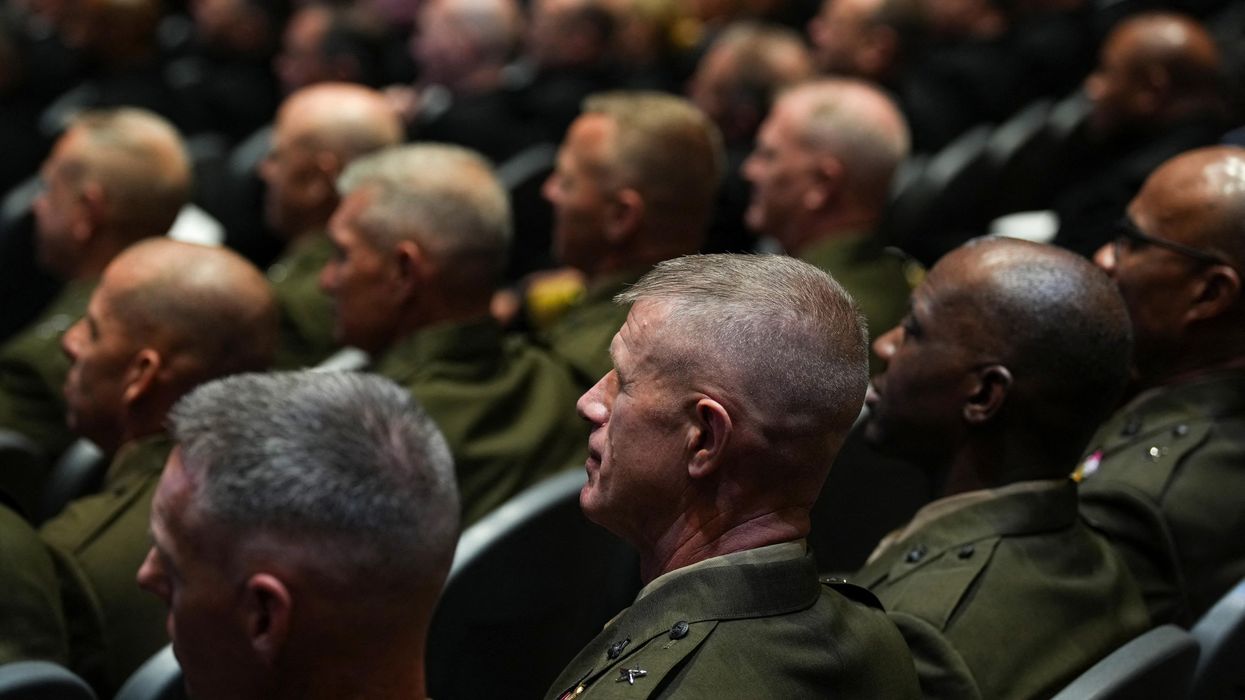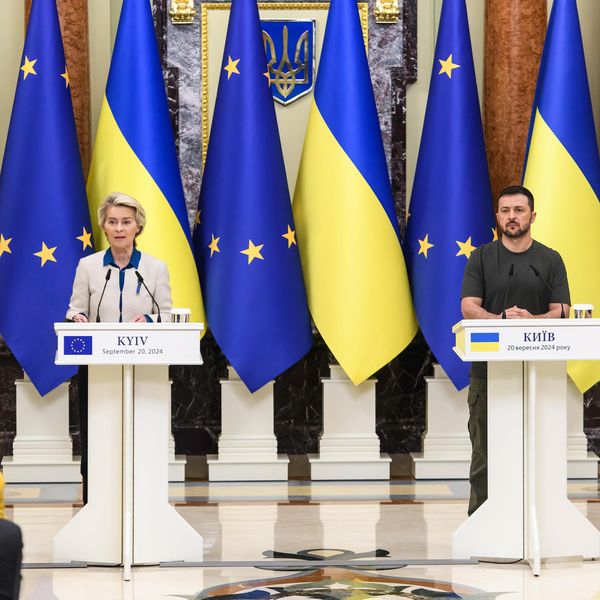The New York Times is reporting that U.S. forces should be out of Afghanistan by July — a full two months before President Biden's imposed Sept. 11 deadline, and two months after the original May 1 deadline under the Doha Agreement.
Well, well, well. This kinds puts to rest all those hysterical warnings about the logistical nightmare the U.S. military would face if Biden went along with the total withdrawal of (2,500 troops) earlier this year. It just couldn't be done, critics said. These things take time.
"Where there is a will there is a way," says my colleague, Adam Weinstein, who deployed to Afghanistan as a Marine and has been advocating for withdrawal from the start. He acknowledged that there was always some "inflation" of the real logistical acrobatics that might hinder a rapid withdrawal, but once Biden laid down the marker, the military snapped into action.
This of course means leaving a lot of stuff behind, and destroying a lot of U.S.-taxpayer-paid materiel, too. According to a Newsweek article earlier this month, 1300 pieces of equipment have already been trashed while the military broke up Bagram air base. That would include sensitive items that the military says they don't want to get into Taliban hands. They may also be trashing vehicles and other equipment that no longer work. Of course Afghan scrap sellers are angry because a lot of the stuff being destroyed could be sold —they say — if it were left intact, like tents and office equipment. One wonders why these things couldn't be given over to some of our partners, you know all of those Afghan civil organizations we helped to fund?
There was a similar critique in 2014 when, during a big withdrawal of U.S. forces, the military ended up leaving $6 billion worth of gear (170 million tons) behind, including, as I reported at the time, 850 MRAPS (Mine-Resistant Ambush Protected) vehicles.
Interestingly, the aforementioned New York Times article points out that the approximately 17,000 U.S. contractors, which include over 6,500 Americans, will be leaving too. That doesn't quite square with other reports that contractors are hustling for new deals or planning to stay under old ones.
From New York Magazine on May 12:
So far, nothing is changing,” said a contractor working for a U.S. company based in Bagram. News from the Pentagon has yet to trickle down. “I am not aware of any changes to my job or of any contracts being passed to the Afghan government. These are American companies and these contracts will remain under private payroll.”
Perhaps he didn't get the memo. However, as the piece by Lynzy Billing points out, there are contractors paid for by other government agencies like the State Department who will staying, and a flurry of new contract bids going out for post-withdrawal work:
In April, 70 American security and defense firms started advertising more than 100 new security and intelligence positions, some with year contracts that go beyond September 11, 2021.
One such company is Triple Canopy, which is owned by Constellis, a company that also owns Academi, the most recent iteration of Erik Prince’s notorious Blackwater private-military contractors. Triple Canopy is hiring armed guards at Bagram to provide security for remaining U.S. personnel at four sites across the country. Raytheon Technologies is posting for logistics and intelligence analyst positions in Bagram. CACI and BAE Systems both posted jobs for signals intelligence specialists for an estimated term of 12 months. SOSi posted openings for intelligence analysts for yearlong deployments, where “the work environment could require 100 percent of time spent outdoors.” PAE, Inc., who scored nearly a billion dollars’ worth of contracts with the Pentagon over four years, is hiring for a contract for the State Department. Fluor Corporation is hiring for technicians, working for both the U.S. and the private sector. Louis Berger, who built and maintains the country’s largest power plant, inside Bagram, is posting more than 20 new positions at the base.
Of course the post-withdrawal security question is a big one. Billing's piece suggests that private contractors would be providing security for U.S. personnel at remaining sites, but a new report suggests that some 600 active duty troops will be left behind to secure the U.S. embassy compound. That hasn't been confirmed of course, but sources say that it is a possibility — especially after Gen. Frank MacKenzie, head of Centcom, told Congress in April that Afghan troops could not be counted on to protect the American compound once we leave.
This begs the question of whether the military might use the embassy as an excuse to leave a military thumbprint for more than just protecting the personnel and facilities. MacKenzie was adamant that the Afghan forces will likely fold in the face of a Taliban offensive without help, and there is ongoing speculation about how Washington will conduct "counterterrorism" there in the future without a standing force.
So while it is good news the military is "leaving" ahead of schedule, as always the devil is in the details.
















